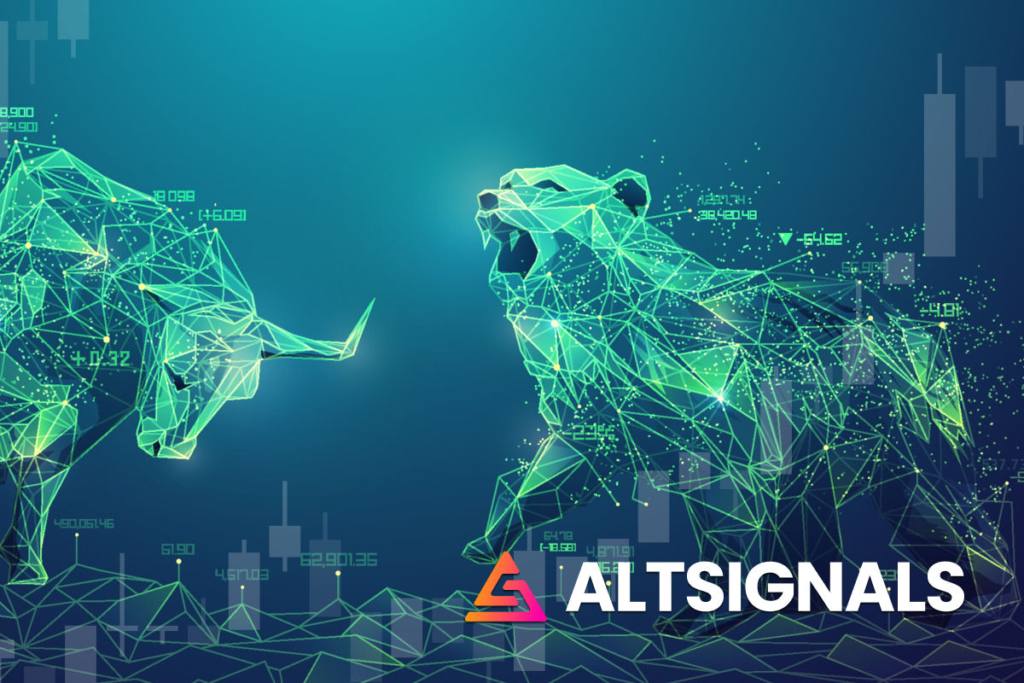The start of 2023 has been an eventful one, with a year’s worth of news packed into just three months.Year-to-date returns for crypto assets were likewise much larger than in a typical quarter.
layer 1 token
・Bitcoin: 70%
・Ethereum: 48%
・ Avalanche: 54%
・ Cardano: 51%
・ Solana: 87%
・ Algorand: 26%
stock index
・S&P500: 3.2%
・Nasdaq: 11%
・Dow Average: -2.1%
Crypto-asset related stocks
・Coinbase: 71%
・ Micro strategy: 64%
・ Marathon Digital: 99%
The best performing crypto assets with a market capitalization of $1 billion or more were Stax (STX), Aptos (APT) and Immutable X (IMX), up 443%, 268% and 213%, respectively.
Complete victory over stock indices
The bottom line: Crypto assets beat traditional stocks across the board in Q1.
In other words, crypto assets and stock indices have been decoupled.In the first quarter, the correlation between Bitcoin (BTC) and the S&P 500 fell from 0.91 to 0.59 before dropping to 0.01 on March 22nd.In short, crypto has become a decentralized, uncorrelated asset that many investors covet.
Surprisingly, however, these large returns coincided with the U.S.government’s increased crackdown on the cryptocurrency industry, which has dramatically damaged perceptions and reputations of cryptocurrencies.
Rather than being viewed as another asset class that is ideal for portfolios, crypto assets are often seen as problematic assets associated with fraud and market manipulation.
The general view of the US government/regulators on crypto-assets can be found in Chapter 8 of the latest Economic Report of the President.
The entire 36-page Chapter 8 is devoted to crypto assets, highlighting their rapid rise.But the tone of the report points to possible regulatory hurdles ahead.
While acknowledging the innovations in blockchain technology, the report mostly concludes that cryptoassets have no fundamental value, exist solely for speculation, not as a replacement for fiat currencies.
But this is a very American point of view.
A country with very high inflation and very poor central bank credit would definitely find value in having a fixed supply of assets.Also, assets with global value are likely to have value in the United States as well.
Notable Signals and Their Consequences
Inflation is the biggest macroeconomic problem for investors and will likely continue for some time.
M2 money supply is down 1.7% from a year ago.The decline is good, but it remains 38% higher than pre-coronavirus levels.The Federal Open Market Committee (FOMC) has responded with the steepest interest rate hike in history to contain inflation.
A recent event that caught my attention was the 2.6% increase in the federal balance sheet this quarter.This is in stark contrast to the US Federal Reserve’s previously announced efforts to shrink its balance sheet.Fed Chairman Jerome Powell has said the recent increase in the balance sheet was for temporary lending to banks and had no intention of changing the stance of monetary policy.
Bitcoin encountered several notable signals on the technical charts in the first quarter.Let’s see the result.
– “Golden Cross” (February 18): A golden cross, which occurs when the 50-day moving average crosses above the 200-day moving average, is often interpreted as bullish.
Since 2015, it has occurred seven times, most recently on February 18.Investors who took long positions on this golden cross are paying off as prices are up 17%.
– 10-day/100-day moving average crossover (14 Jan): Similar to Golden Cross, but with a shorter time axis.I focus on two reasons.First, since 2015, there have been 7 golden crosses, but 16.
Second, if this signal is valid, we should be able to spot a bullish move sooner.
Historically, the average return after 30 days was just 3%, and the results weren’t exciting.However, the numbers should improve as Bitcoin is up 36% since the Jan.14 outbreak.
– RSI below 30 (March 10): Another popular signal is when the Relative Strength Index (RSI) breaks below 30.
This indicates that the asset is “oversold”.Since 2015, it has occurred 108 times in Bitcoin, the most recent on March 9th and March 10th.The average return after 30 days of 108 is up 7%.Bitcoin is up 40% since March 10.
As a result, Q1 was a good quarter for crypto assets in terms of performance.Those who bought in January profited.It will be interesting to see what happens in the next quarter and if the poor perceptual performance turns for the better.
|Translation: coindesk JAPAN
|Editing: Takayuki Masuda
| Image: CoinDesk
|Original: Cryptos Gained in Q1 Despite Weakened Asset Class Perceptions
The post
Crypto Assets Rise Significantly in 1st Quarter – Impact of Tighter Regulation and Damaged Reputation? | coindesk JAPAN | Coindesk Japan appeared first on Our Bitcoin News..
